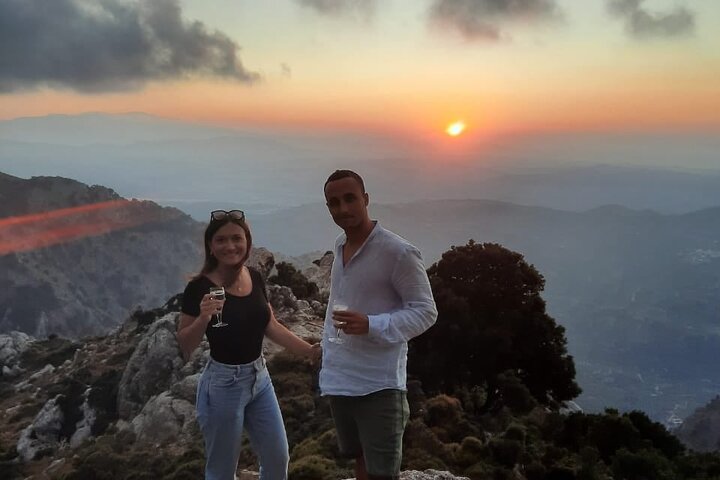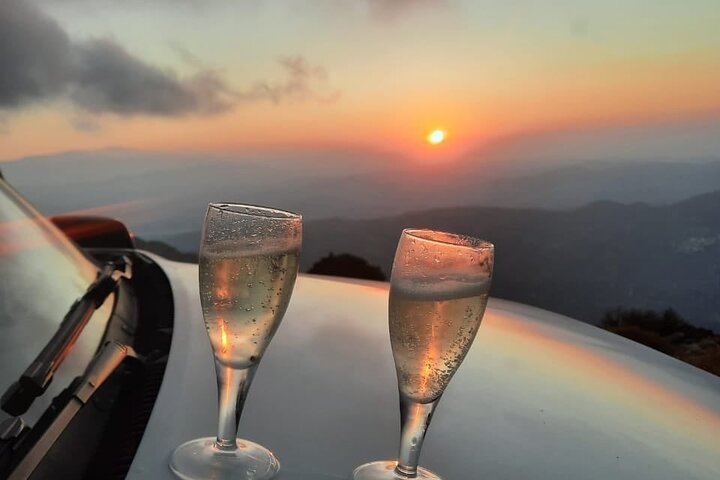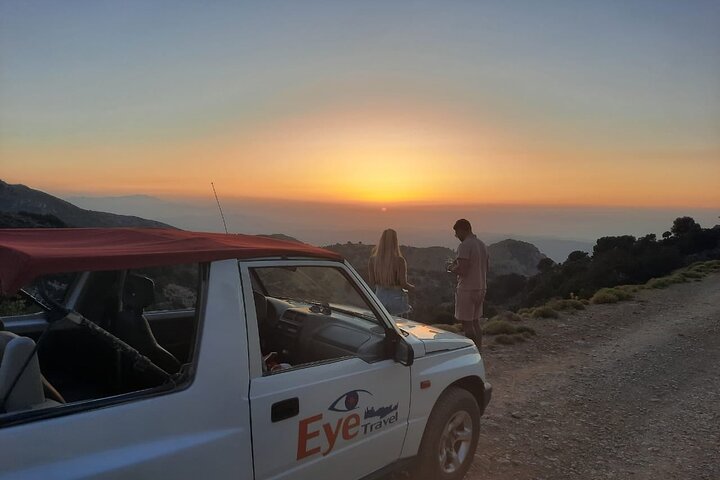Unveiling Crete: A Journey Through Myth and History
Drawn by the allure of Crete’s rich history and mythological tales, I embarked on a cultural tour that promised to reveal the island’s hidden gems. From ancient palaces to legendary caves, each stop was a journey through time, offering a glimpse into the heart of Crete’s enduring legacy.
A Journey Through Time and Myth
The sun was barely peeking over the horizon as I embarked on a journey that promised to unravel the mysteries of Crete. The air was thick with anticipation, a stark contrast to the biting winds of the Arctic that I had grown accustomed to. Our first stop was the Aposelemis Dam, a marvel of human ingenuity nestled between the Dikti Mountains and the Cretan Sea. As I stood there, the dam’s vast expanse reminded me of the glaciers I had once studied, both serving as a testament to nature’s power and humanity’s attempt to harness it.
The dam was more than just a reservoir; it was a sanctuary for diverse avian life. I watched as birds danced across the water’s surface, their reflections shimmering like ghosts of the past. It was a scene that resonated with me, echoing the delicate balance of ecosystems I had witnessed in the polar regions. The dam’s design, which included fish-friendly systems, was a nod to the importance of preserving the local environment, a principle I hold dear.
The Heartbeat of Crete
Our journey continued to the Kera Kardiotissa Monastery, a serene haven perched on a hillside overlooking Mirabello Bay. The monastery’s frescoes told stories of a time long past, each brushstroke a whisper of history. As I wandered through its halls, I felt a connection to the monks who had once sought solace within these walls, much like the explorers who had braved the Arctic’s harshness in search of knowledge.
The Windmills of Lassithi Plateau were next, standing as silent sentinels of a bygone era. Their wooden sails creaked in the wind, a haunting melody that transported me to a simpler time. These windmills, much like the ancient ice formations I had studied, were a testament to the resilience of human craftsmanship. They offered panoramic views of the plateau, a lush tapestry of agricultural fields that stretched as far as the eye could see.
Legends and Legacy
The Cave of Zeus was a place where myth and reality intertwined. As I descended into its depths, the air grew cooler, reminiscent of the icy caverns I had explored in the polar regions. Stalactites and stalagmites adorned the cave, their formations telling tales of the earth’s slow, patient artistry. It was here, according to legend, that Zeus was born, a story that added a layer of mystique to the already enchanting surroundings.
In the village of Krasi, I encountered the ancient Platanus tree, a living monument to time’s inexorable march. Its gnarled branches stretched skyward, a testament to nature’s resilience. This tree, much like the ancient ice cores I had once analyzed, held secrets of the past, offering a glimpse into the world as it once was.
Our final stop was the Palace of Knossos, a sprawling complex that whispered tales of the Minoan civilization. Its labyrinthine corridors and vivid frescoes were a stark contrast to the stark, white landscapes I had grown accustomed to. Here, history came alive, each corner revealing a new story, a new mystery to unravel.
As the day drew to a close, I reflected on the journey. It was a tapestry of history, culture, and nature, woven together to create an experience that was both humbling and awe-inspiring. Crete had revealed its secrets to me, and in doing so, had left an indelible mark on my soul.















































